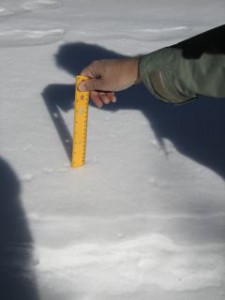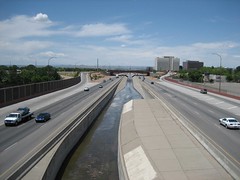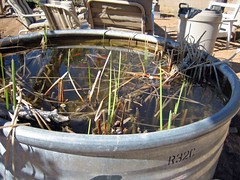Working on a piece last year about the Colorado River Delta, a couple of people mentioned the remarkable thing that happened when surplus water spilled Lake Mead in (I think, going from memory here) the El Nino year of 1983 and for a brief shining time the Colorado made it all the way to the Gulf of California. Nature cranked up instantly, and in very little time a riparian ecosystem returned.
Similar thing happened with the Cienega de Santa Clara, an accidental wetland formed of ag drain water in the delta. The intent was to just dump the icky water where it wouldn’t cause trouble, and look what resulted.
I’m reminded of this by Matt Weiser’s tale in the Sacramento Bee today of what has happened this year in the Yolo Bypass, and area west of Sacramento that’s filled with water this year following the West’s bodacious recent storms:
The river’s weir and bypass system was approved in 1917 as a tool to protect Sacramento from flooding by diverting high water onto dormant agricultural land. Only much later did scientists realize this occasional flooding replicates the natural wetlands that once made the Sacramento Valley among the planet’s richest wildlife spectacles.


 With a half an inch of snow in the back yard this morning, I’m reminded of one of my favorite bits of data-gathering described in my book.
With a half an inch of snow in the back yard this morning, I’m reminded of one of my favorite bits of data-gathering described in my book.


